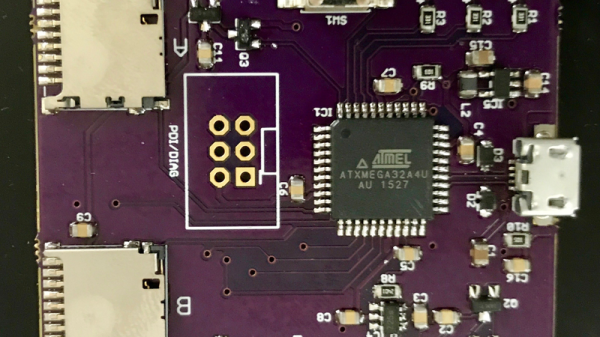After [Casey Connor] captured and relocated a number of unwanted rodents in his home using commercially available live traps, he was presented with a problem: a rat had learned to avoid them.
In an epic, and adorable, conflict caught on video (and embedded below), he documents the designs used and how the rat escaped them by either recognizing the trap, or sheer agility. We can only tip our hat to the determination of both parties.
All the trap mechanisms are based on a 555 monostable solenoid triggering circuit  that ensures that a pulse of sufficient duration is sent to the solenoid to trigger the trap correctly. This way even intermittent contacts will trigger the trap rather than just causing the solenoid to twitch without fully actuating. This is the same technique used to debounce a switch using a 555 timer.
that ensures that a pulse of sufficient duration is sent to the solenoid to trigger the trap correctly. This way even intermittent contacts will trigger the trap rather than just causing the solenoid to twitch without fully actuating. This is the same technique used to debounce a switch using a 555 timer.
A Raspberry Pi Zero detects motion using an IR camera to film the interesting parts. This is also a good indicator for when you’ve trapped your quarry – if you’re trying be humane then leaving it in a trap for days is counterproductive.
With the time and effort we spend building better and more complex rodent traps, we sometimes wonder who has cleverly trapped whom.
Continue reading “Conflict Escalates Between Brilliant Rat And 555 Timer”





















